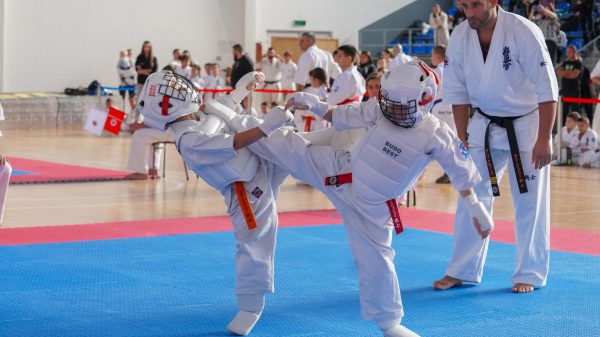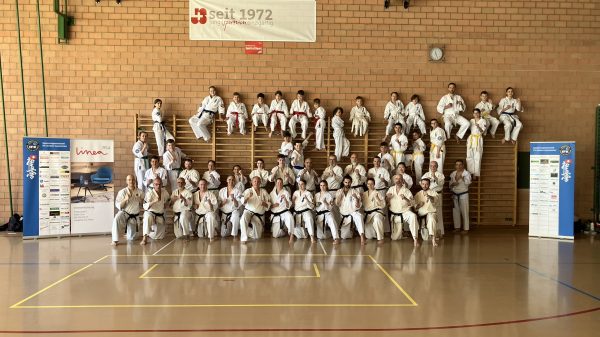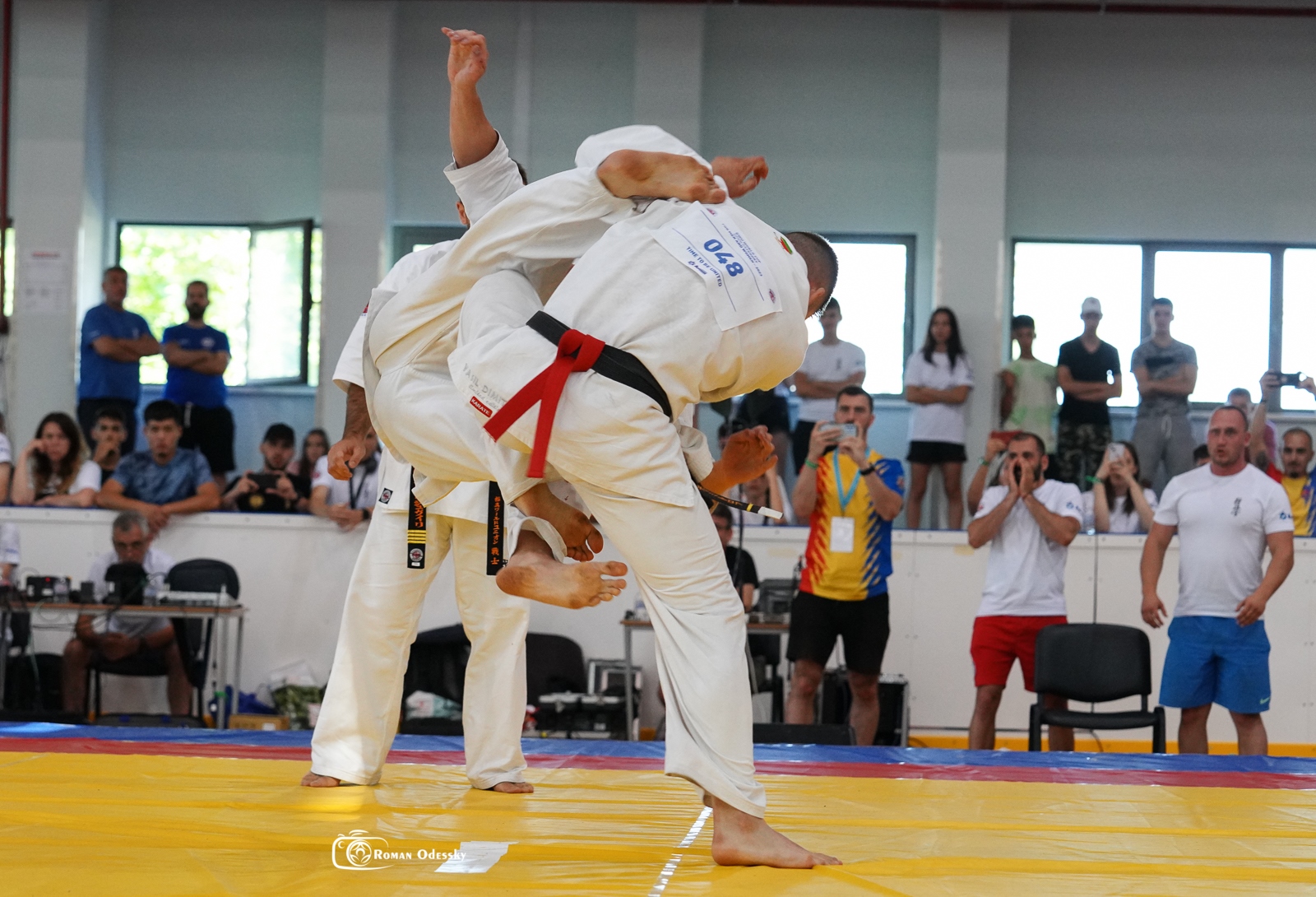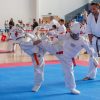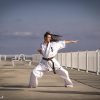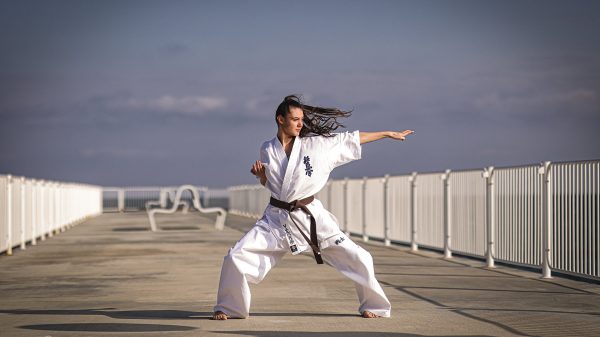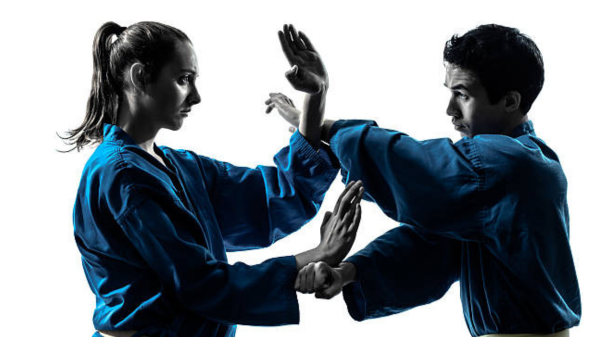Kyokushin Karate, a powerful and dynamic martial art founded by Masutatsu Oyama, is renowned for its rigorous training methods and emphasis on full-contact sparring. Sparring is a fundamental aspect of Kyokushin Karate that allows practitioners to practice their skills and techniques in a controlled yet challenging environment. This blog post will explore seven types of Kyokushin Karate sparring that can enhance your martial arts journey.
Jissen Kumite (Full-Contact Sparring)
Jissen Kumite, or full-contact sparring, is the most intense form of Kyokushin Karate sparring. It involves two opponents engaging in combat without protective gear except for a mouthguard and groin protector. The objective is to strike the opponent with powerful punches, kicks, and knee strikes while maintaining control and respecting the rules. Jissen Kumite builds mental fortitude, sharpens reflexes, and hones one’s fighting strategy.
Sanbon Kumite (Three-Step Sparring)
Sanbon Kumite is a prearranged sparring exercise where one person executes a series of three attacks, and the partner defends against them accordingly. This type of sparring helps students develop their timing, distancing, and proper execution of techniques. It also serves as a bridge between basic techniques and free-flowing sparring.
Ippon Kumite (One-Step Sparring)
Ippon Kumite is similar to Sanbon Kumite but involves just one attack and one defense. The attacker aims to land a single decisive blow, while the defender must respond with a precise and effective counterattack. Ippon Kumite is excellent for developing quick reactions, precise targeting, and understanding the importance of correct timing.
Jyu Ippon Kumite (Semi-Free Sparring)
Jyu Ippon Kumite is a semi-free sparring exercise where participants alternate between attacking and defending roles. One student is the attacker, allowed to execute any attack, while the other is the defender, countering and evading the attacks. This type of sparring helps practitioners learn how to transition fluidly between offense and defense.
Gohon Kumite (Five-Step Sparring)
Gohon Kumite is an intermediate sparring exercise where the attacker performs a set combination of five techniques, and the defender responds with appropriate blocks and counters. This sparring emphasizes maintaining proper distance and rhythm, enhancing a student’s ability to adapt to various attack scenarios.
Sambon Kumite (Three-Round Sparring)
Sambon Kumite involves three rounds of continuous sparring with minimal breaks in between. Each round typically lasts one minute, and practitioners must stay engaged, demonstrating endurance and composure while adapting their strategy throughout the rounds. Sambon Kumite helps students improve their cardiovascular fitness and mental toughness under pressure.
Ura Kumite (Back-to-Back Sparring)
Ura Kumite is an advanced sparring exercise where two students face opposite directions with their backs close together. When signaled, they quickly turn and engage in close-quarter combat. This type of sparring sharpens a student’s awareness, timing, and ability to handle surprise attacks.
Kyokushin Karate sparring is an essential aspect of training that enables practitioners to put theory into practice and improve their overall fighting abilities. The seven types of Kyokushin Karate sparring mentioned above offer various challenges that contribute to a well-rounded martial artist. Whether you are a beginner or an experienced practitioner, incorporating these sparring techniques into your training regimen will undoubtedly elevate your skills and deepen your understanding of this powerful martial art. Remember always to practice with respect, control, and the spirit of Oyama’s Kyokushin Karate.


